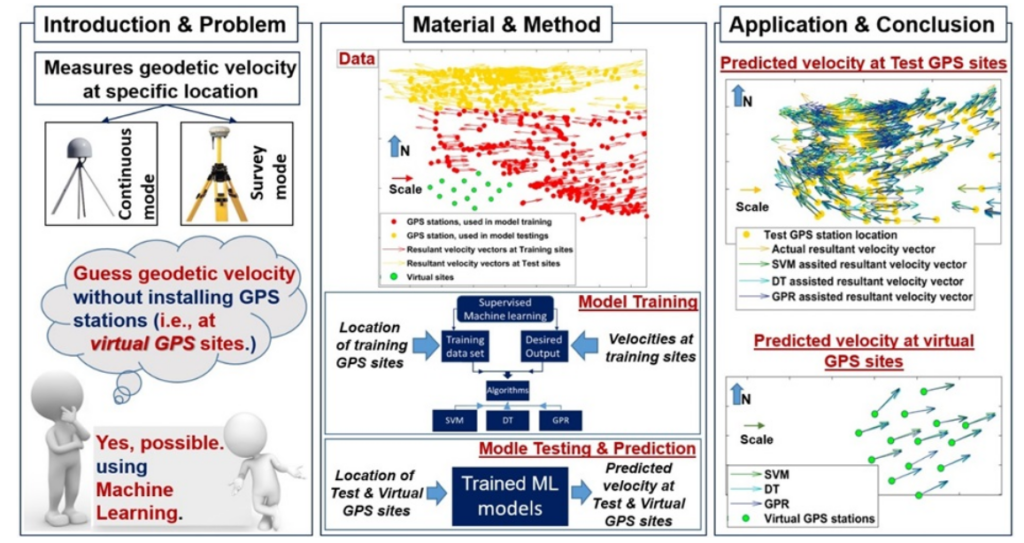28 August 2024 : PIB Summary For UPSC
1. Machine learning helps predict crustal movements in Tibetan Plateau
(Source – https://pib.gov.in/PressReleseDetail.aspx?PRID=2049046 )
| Topic: GS1 – Geography, GS3 – Science and Technology |
| Context |
|

Key Insights Of The Research:
- Objective: To improve the understanding of crustal dynamics and tectonic movements in this geologically active Tibetan region.
- Scientists utilised a dense network of GPS and geodetic sensors to measure crustal strain and movement across the plateau.
- Key Findings:
- The Tibetan Plateau experiences significant tectonic stress due to its position between the Indian and Eurasian plates.
- Crustal deformation was observed, indicating continuous uplift and horizontal stretching of the region.
- Applications:
- Findings contribute to earthquake risk assessments and predictions in surrounding regions, especially in China and India.
- Enhanced understanding of plate tectonics in one of the Earth’s most complex collision zones.
- Impact: The mission has improved the accuracy of geophysical models for predicting seismic activity in the region.
| Geology of Tibetan Plateau |
|
| PYQ: Bring out the causes for more frequent landslides in the Himalayas than in Western Ghats. (100 words/5m) (UPSC CSE (M) GS-1 2013) |
| Practice Question: Discuss the role of tectonic activity in shaping the geology of the Tibetan Plateau and its impact on regional climate and seismic activity. (150 Words /10 marks) |
2. New smart sensor for adjusting drug dosage to manage Parkinson’s Disease
(Source – https://pib.gov.in/PressReleseDetail.aspx?PRID=2049045 )
| Topic: GS3 – Science and Technology |
| Context |
|
Parkinson’s Disease:

- Parkinson’s disease is a progressive neurodegenerative disorder characterised by the gradual loss of dopamine-producing neurons in the brain.
- This deficiency leads to motor symptoms such as tremors, rigidity, slowness of movement, and postural instability.
- Non-motor symptoms, including cognitive decline, mood disorders, and sleep disturbances, also commonly occur.
- The exact cause is unknown, though genetic and environmental factors are believed to play roles.
- Treatment primarily focuses on managing symptoms through medications like L-dopa, which is converted to dopamine in the brain, and various therapies.
- While there is no cure, advancements in research aim to improve symptom management and quality of life for affected individuals.
3. ANUBHAV AWARDS 2024 will be conferred by Union Minister in Vigyan Bhawan, New Delhi
(Source – https://pib.gov.in/PressReleseDetail.aspx?PRID=2049061 )
| Topic: GS2 – Governance |
| Context |
| Dr. Jitendra Singh, Minister of State for Ministry of Personnel, Public Grievances and Pensions, will confer the Anubhav Awards 2024 and launch the Integrated Pensioners’ Portal on 28th August, 2024. |
Anubhav Awards:
A significant portion of the awardees are women, reflecting their growing contributions to governance.
The Anubhav Awards, instituted by the Department of Pension & Pensioners’ Welfare (DOPPW) in 2016, recognize retiring and retired Central Government employees for documenting their notable work experiences and contributions during their service.
These awards promote the sharing of professional knowledge to benefit the workforce and governance.
The awards are conferred annually, celebrating excellence and encouraging the dissemination of best practices across various government sectors.


